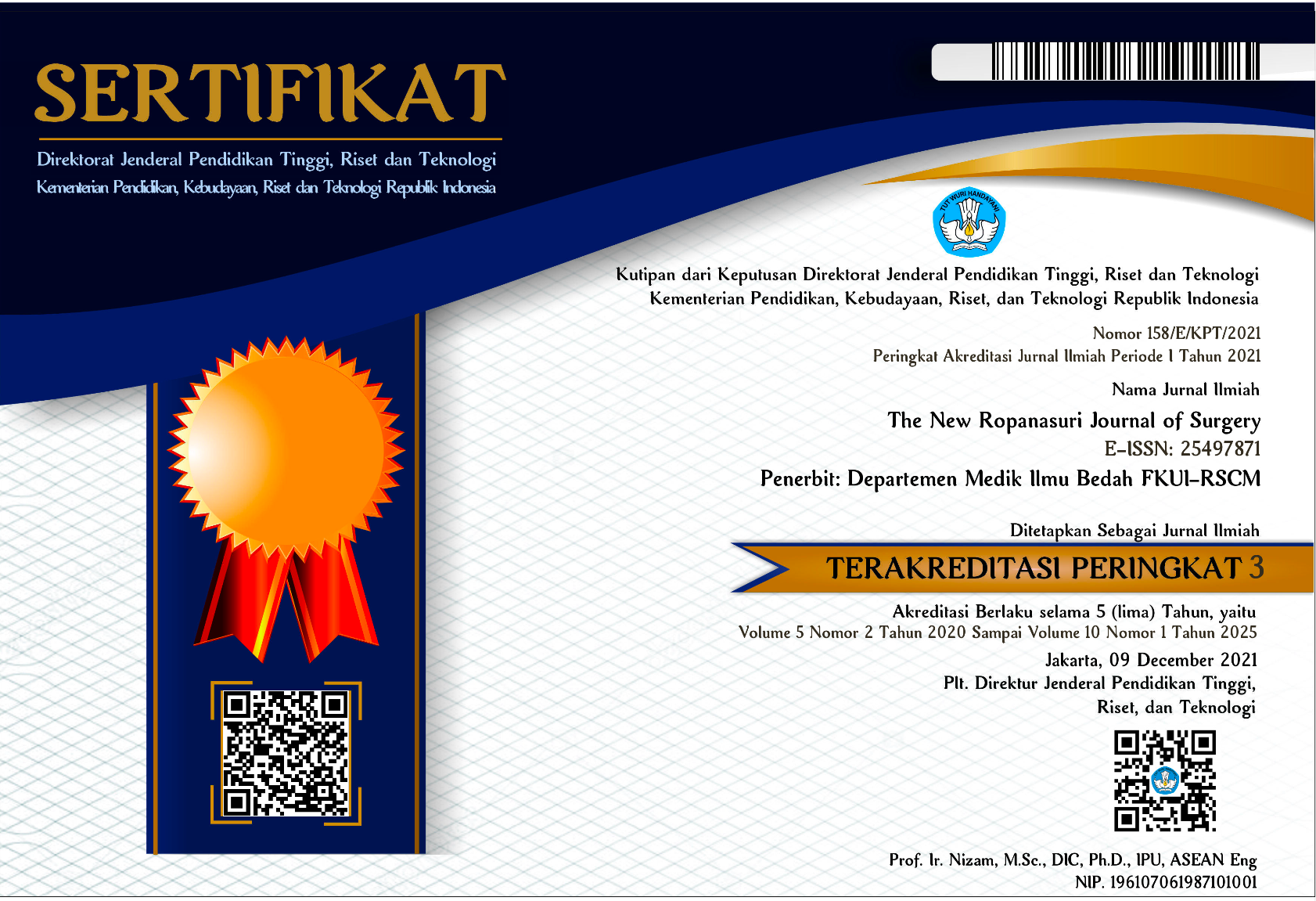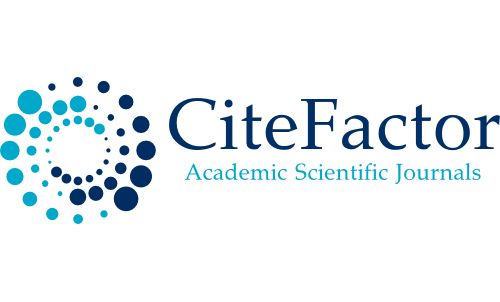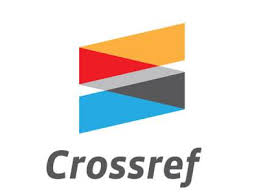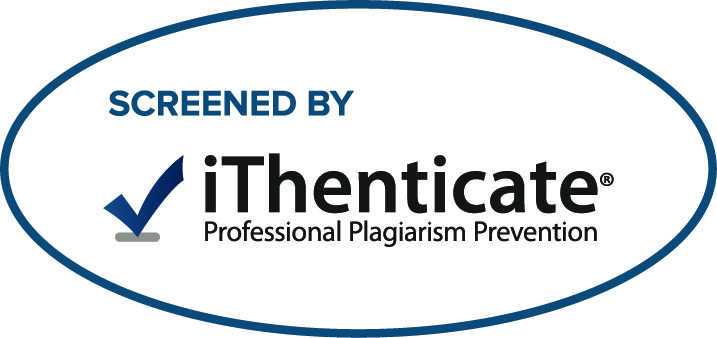Abstract
Introduction. Previous studies have reported that patient satisfaction with breast cancer management is related to the success of breast reconstruction. The tissue expander used in breast reconstruction today has several disadvantages: the high cost, the nature of the foreign body, and the risk of failure. Seroma has the potential as a natural tissue developer in post-mastectomy reconstruction. This case report aims to describe the technique, results, advantages, and limitations of post-mastectomy breast reconstruction using a seroma as a natural tissue expander that has never been done before.
Case Presentation. A 37-year-old woman was diagnosed with stage IIIA non-special type (NST) invasive breast carcinoma stage III without lymphovascular invasion. The patient underwent a modified radical mastectomy (MRM) on the right side breast. Postoperatively, a drain was placed for observation. If no maceration of the skin was found, the drain was removed within the first 24 hours postoperatively to accumulate seroma in the dead space formed in the breast flap. Next, seroma molding is done with a special bra that fits the shape of the bust. Observations were made during the treatment, and the seroma molding process occurred. During the follow-up period, the patient complained of mild pain and did not experience tumor recurrence.
Conclusion. This case report shows seroma as a biological tissue expander that can potentially be used as an alternative breast reconstruction method with body fluid accumulation.
Recommended Citation
Kurnia, Ahmad and Muazdhani, Fatahillah
(2023)
"Seroma as a Biological Tissue Expander on Post-Mastectomy Reconstruction: A Case Report,"
The New Ropanasuri Journal of Surgery: Vol. 8:
No.
2, Article 5.
DOI: 10.7454/nrjs.v8i2.1144
Available at:
https://scholarhub.ui.ac.id/nrjs/vol8/iss2/5













